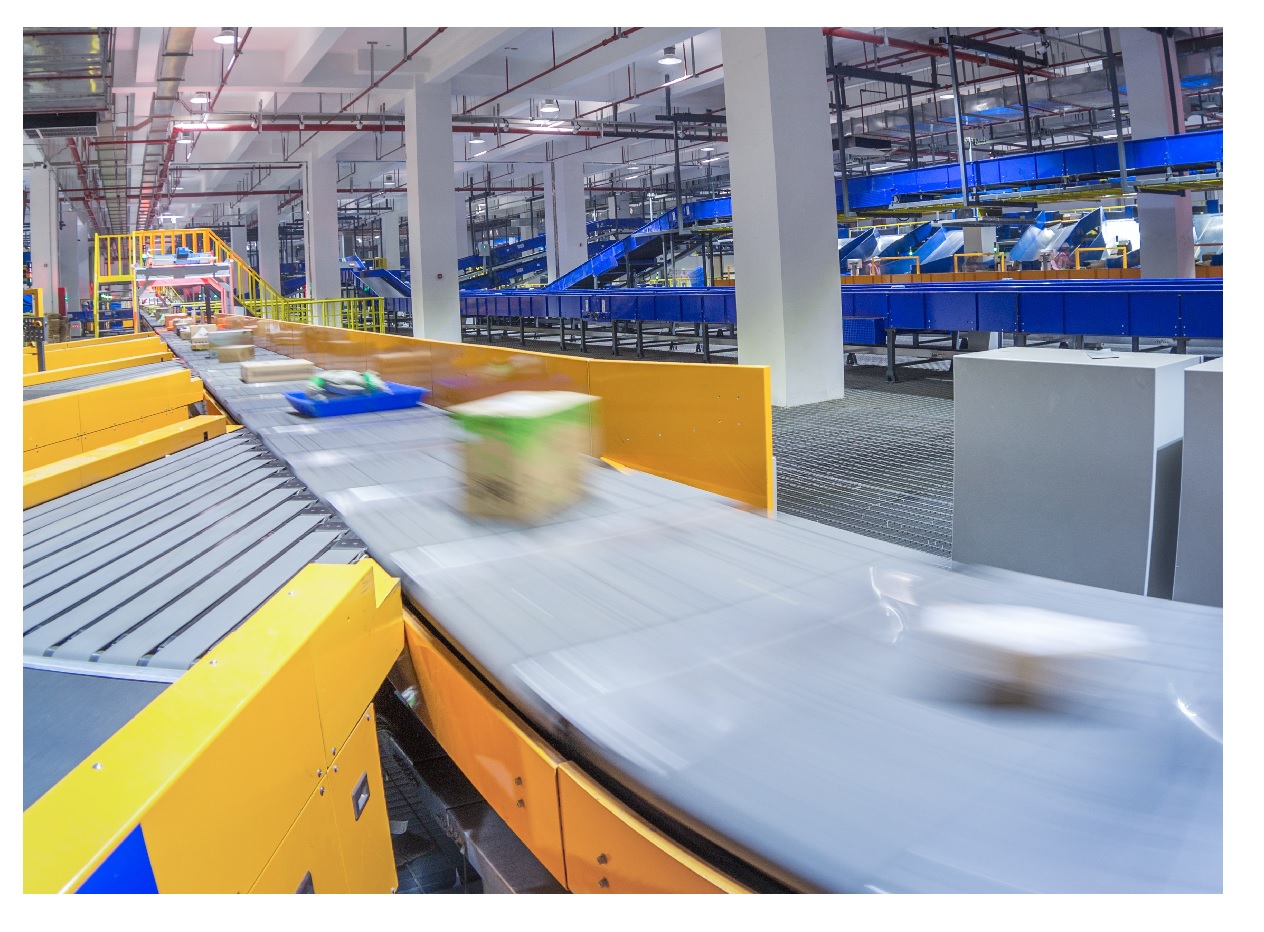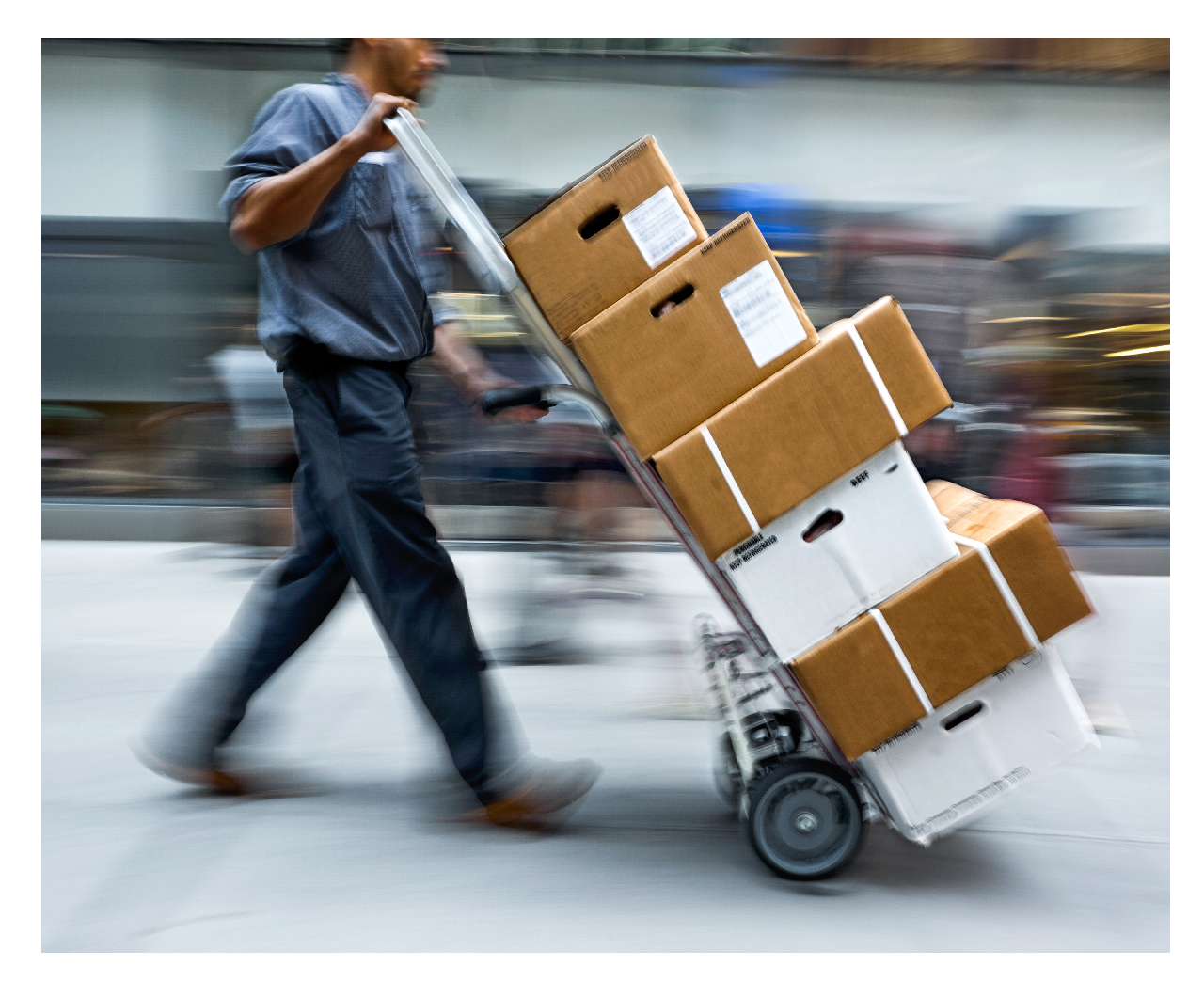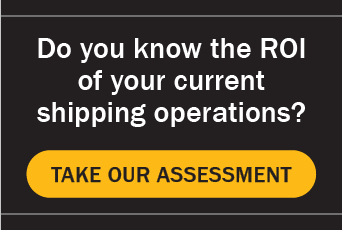Seven Tips to Work Around Small Package Carrier Capacity Limits this Holiday Peak Season
With FedEx and UPS already experiencing capacity constraints well ahead of the holiday peak season, it’s wise to have a “Plan B” in case your deliveries are at risk.
Given all that has been occurring worldwide and in the world of transportation management over the past six months, this will be a tough holiday season in many ways, particularly when it comes to e-commerce small parcel shipping.
We increasingly hear that FedEx and UPS may be limiting the number of packages that can be tendered (daily) to the small package carriers during the holiday peak season this year due to capacity issues. My expectation is that these carrier issues will have a wide-ranging effect on more companies’ shipping operations than just the e-commerce community.
There are several reasons for these capacity issues and why they are not going to be resolved easily or quickly.
Growing E-commerce Volumes Have Outstripped Carrier Capacity

It started with the escalating growth in e-commerce shipping brought on by the changing preference to online ordering over the past few years. E-commerce shipping again experienced an enormous surge in March related to buyers’ growing preference for online shopping due to the COVID-19 pandemic.
FedEx, UPS, and other carriers’ abilities to handle this spike in volume have been complicated by the loss of available employees because of COVID-19 illness and quarantine.
These factors have created a “pseudo peak season” for the past six months, putting tremendous strain on the FedEx and UPS infrastructure systems. Heading into October and actual holiday peak shipping season, these carriers will soon be pressed to their limits.
The Systems – Carrier Hubs Prematurely Reaching Full Package Capacity
Both UPS and FedEx utilize a “hub and spoke” transportation system. (For this discussion, I’ll use an airport and airplane analogy for better understanding – hence, references to airports or airplanes are for example purposes only).
Much like the airlines, carrier hubs are like individual airports around the country, with tractor-trailers and packages being viewed as the planes and passengers. What the industry is now experiencing, thanks to the previously outlined COVID-19 circumstances, is a “perfect storm” in which all planes and landing slots are nearing, or will soon reach, full capacity at virtually every major airport (i.e., UPS and FedEx hub).

Each carrier hub runs several sorts (i.e., shifts where trailers are loaded and unloaded to consolidate loads more finely on their way to their final destinations). Capacity constraints are already occurring at carrier hubs because of increased shipping volumes and Covid-19 absenteeism, and this is expected to only get worse as we approach the holidays.
These hubs are built around efficiency, where trailers are planned to arrive during a specific timeframe to be unloaded, loaded, and pulled to their next destinations. Unfortunately, each of these sorting hubs has a maximum time window and number of parcels they can sort per shift and per day.
Each hub can handle X number of packages per shift/sort before the shift ends and cleanup of the hub and the trailer yard begins before the next sort starts. Most hubs can handle 150,000 to over 500,000+ packages per sort (each sort typically lasting a maximum of five hours), depending on the facility’s capacity and sort length.
How Fast Can Carriers Expand Capacity?
The number one issue right now is that the carrier hubs are already at full capacity. Until additional facilities can be constructed, capacity will continue to be an issue. Hubs take from 3 to 5 years to plan, obtain permits, acquire land, and complete construction, so this is not a problem that can be solved quickly.
While utilizing space in failing shopping malls may be an option, we will have to wait to see if it is realistic. Shopping malls with large enclosed spaces and extensive parking areas offer great options. However, many include obstacles such as additional congestion, community objections, environmental issues, and effective reconfiguration of the spaces.
Tips to Address the Coming Capacity Crunch (Based on Your Shipping Volume and Type)
Creativity and planning will be the key to delivery success and customer satisfaction over the next few months and continuing for the next few years.
Here are a few ideas around shipping methods we’re suggesting to help our clients get through 2020. Please note that we have broken down our suggestions by shipping profile – large shippers, smaller shippers, business-to-business (B2B) shippers, e-commerce shipping, and various combinations.
1. If You are an E-commerce or Mixed Shipper: Consider LTL Carriers
If you don’t have accounts set up with LTL carriers, set them up, and set low minimums for their use. By shifting larger or bulkier (dim) shipments to LTL carriers, you will free up trailer space for more e-commerce packages on the UPS/FedEx trailer or trailers you have.
It may not be the most cost-effective solution, but you are trying to trade one large shipment for more e-commerce space on your available UPS and FedEx trailers. (Trading that one large 100+ lb. shipment for 20 smaller e-commerce shipments/packages may improve customer satisfaction this holiday season, where capacity/availability is the issue).
Additionally, during this time, lowering your LTL minimum weights can also be especially effective if you ship B2B or retail store replenishments in this trading space for availability scenario (see a more detailed explanation in #4 below).
2. All Shippers: Consider Using Regional Carriers

Due to the timelines UPS and FedEx need to solve their hub issues, the next several years will see the need for the use of third-party carriers like OnTrac, LaserShip, General Logistics Systems, Dicom, etc., with each of these companies creating networks in regions and cities to handle small parcel delivery within specific geographic areas. I also expect some, or many, of these companies to consolidate into larger regional and semi-national carriers to offer one-stop shopping like FedEx and UPS.
Larger shippers (i.e., 10,000+ packages per day) will benefit by leveraging these third-party carriers, particularly when utilizing zone skipping, to allow for shipping directly from facilities both inside and outside a region.
For example, a shipper may have a facility in Minnesota but can load shipments into trailers bound for California and delivery by OnTrac, with other trailers destined for Dicom in the Mid-Atlantic, giving them the final mile reach and increasing their total available capacity.
3. All Shippers: Plan to Ensure Trailer Availability
If the carriers’ (UPS/FedEx, etc.) start cannibalizing spotted trailers for on-road use, trailer availability may begin to affect your shipping operations. You’ll need to consider renting your own dedicated trailer(s), with its sole purpose being round trips between your facility and local hub(s). Most full-sized trailers hold between 2,000 and 3,000 packages, depending on average dimensions. E-commerce packages tend to be smaller than B2B packages, so e-commerce shippers can typically load more volume into the same-sized trailer.
4. For B2B Shippers & B2B with Some E-commerce Shipping
If you ship B2B, look at reducing your LTL minimums, so you have a little extra capacity on higher volume parcel days that might cause you to exceed your maximums allowed by UPS and FedEx. By reducing your LTL minimum allowable shipment from, for example, 200 lbs. to 125 lbs., you might not get a lower freight cost, but you might get all your orders shipped out every day and minimize delivery disruption to your clients.
Also, think about setting up two types of orders for some of your larger clients: true “hot” orders (shipped the same day via UPS and FedEx) and “standard orders” that can be consolidated and shipped LTL once or twice a week.
5. If You are a High-Volume E-commerce Shipper

Consider Hub Skipping: Larger volume shippers (5,000 to 10,000+ packages per day) should look at “hub skipping” or “zone skipping” where possible. Instead of loading everything to your local hub, do your own hub sorting by loading the trailers so that you can bypass at least one hub (thereby avoiding hub congestion).
If you are in LA, for example, load a daily trailer to Chicago with orders to the northeastern U.S. or a trailer to Dallas with packages to the southeastern U.S. You are still shipping from LA, but you may skip one or two hubs on your way to the Chicago or Dallas hubs for Midwest and East Coast fulfillment.
6. If You are a High-Volume E-commerce or B2B Shipper
Zone skipping: Load packages to be directly hauled (i.e., line-hauled) to FedEx and UPS hubs as close to their ultimate destination as possible. These packages are labeled as if they were shipped from the Atlanta, Dallas, Chicago, Hartford, Parsippany area and are tendered to the local FedEx/UPS hub with lower Zone 2 or Zone 3 rates. If you can work out the line-haul aspect of this process, your packages can often arrive faster, and at a lower cost than the transit time and costs that would apply if you give the packages to FedEx or UPS local to your facility. This is how many large shippers deliver their packages with fast and free shipping.
7. For Smaller E-commerce and Smaller B2B Shippers
If your company does not have a large enough shipping volume to hub skip or zone skip, consider putting together a group of like-minded shippers in your town or industrial park to assure you have a full trailer every day. Each “partner” would load X number of skids each day to ensure a full trailer to make hub or zone skipping worth the group’s while.
CLS Shipping Experts Are Here to Help
How can we help? CLS has the industry, freight management, and carrier expertise and the shipping platform to help you address the upcoming carrier capacity challenge. Our team of shipping experts can help you weigh your options in considering zone or hub skipping, or other shipping methods to ensure that your shipments are delivered. Our multi-carrier shipping software, InfoShip®/Vx, is also already connected to many leading regional small parcel and LTL carriers, which may be helpful to you.
 If you would like additional ideas or to discuss possible solutions to help your specific situation, please feel free to reach out to me at contact us at Creative Logistics Solutions – 1.800.407.0280 or rwilliams@creativelogistics.com.
If you would like additional ideas or to discuss possible solutions to help your specific situation, please feel free to reach out to me at contact us at Creative Logistics Solutions – 1.800.407.0280 or rwilliams@creativelogistics.com.





